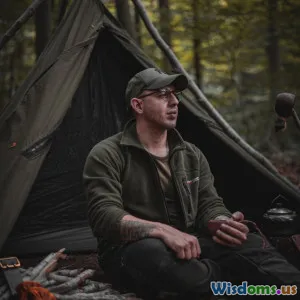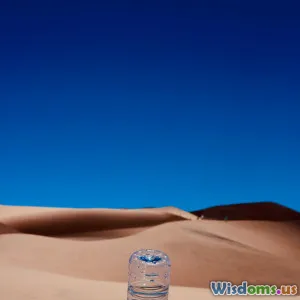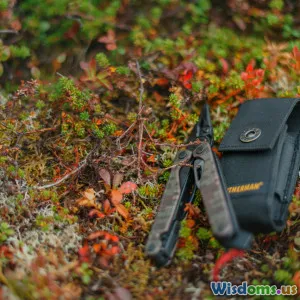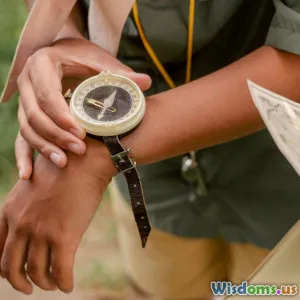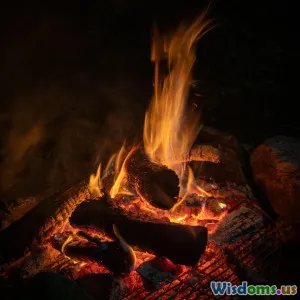
How Hollywood Gets Survival Wrong Five Movie Myths Debunked
31 min read A myth-busting guide that exposes five common survival tropes in Hollywood films and replaces them with evidence-based tips for real emergencies, from navigation and first aid to shelter and signaling. (0 Reviews)
Hollywood has taught generations how to feel about survival—the lonely spark that becomes a bonfire, the hero sprinting through the wilderness guided by moss and stars, the brave soul who slices an X into a snakebite and saves the day. The trouble is, much of what looks heroic on screen is medically wrong, mechanically impractical, or dangerously counterproductive. In a real emergency, copying those scenes can make a bad situation worse.
This guide cuts through five of the most pervasive movie myths with grounded, field-tested practices. You’ll see what films commonly depict, what actually works, and how to remember the right steps when adrenaline is high and time is short.
Before we begin, two quick notes that real professionals emphasize. First, prevention and preparation beat improvisation: a map, a small first-aid kit, a disposable lighter, and an emergency whistle are worth more than any dramatic monologue. Second, get training if you can—Wilderness First Aid (WFA), Stop the Bleed, and basic land navigation courses can turn anxiety into action.
Myth 1: “Suck out the snake venom and tie off the limb.”
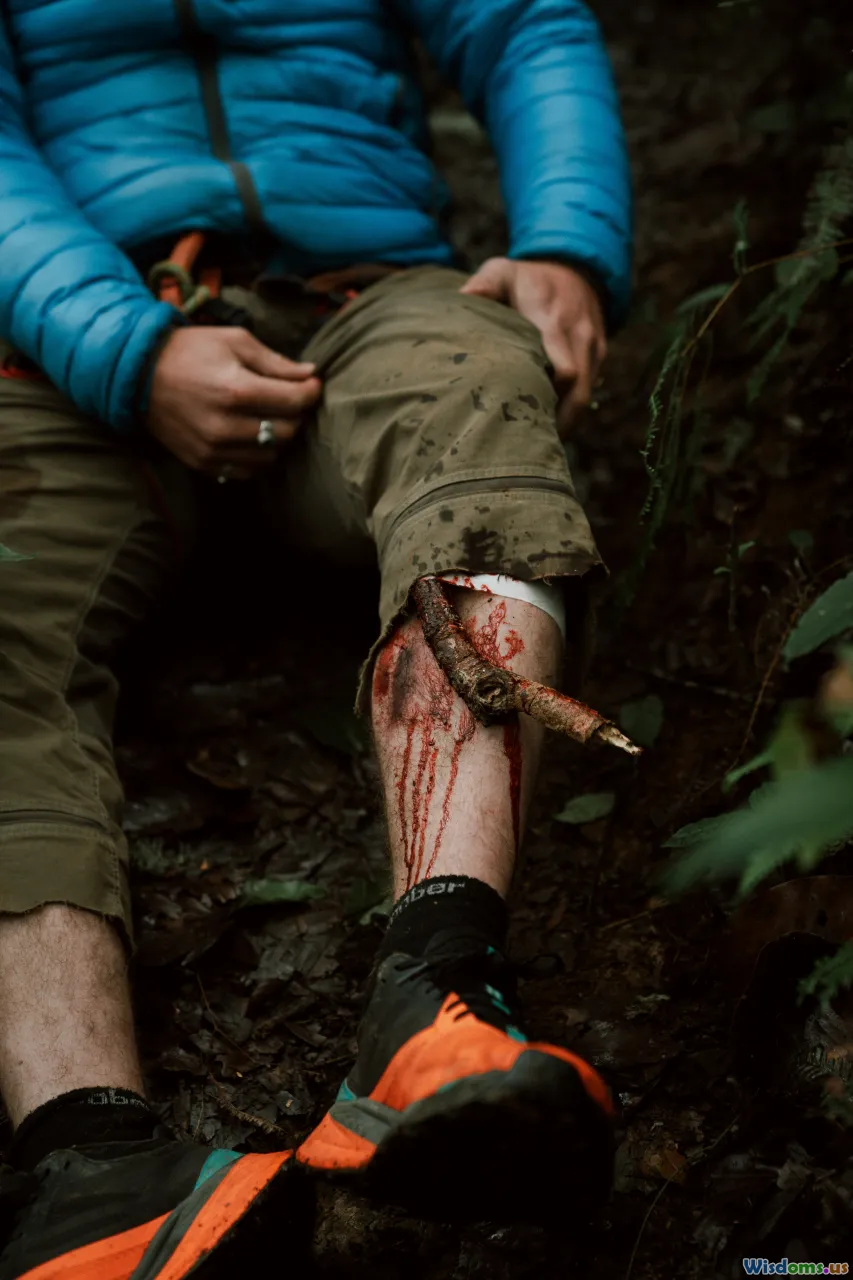
What Hollywood shows:
- A character is bitten by a snake. The hero slices an X over the bite, sucks out the venom, spits theatrically, and cinches a tourniquet tight above the wound. The patient then sprints to safety or passes out dramatically until the plot requires a miraculous recovery.
What’s wrong with that picture:
- Cutting and suction do not remove meaningful venom. Studies of suction devices show negligible venom removal and an increased risk of tissue damage and infection.
- Tourniquets for most snakebites (especially North American pit vipers like rattlesnakes) can concentrate venom and worsen local tissue destruction.
- Ice, electric shock, and alcohol are also harmful, despite their occasional cameos.
What actually helps:
- Keep the patient calm and as still as possible. Movement increases lymphatic spread of venom.
- Remove rings, bracelets, and tight clothing early—swelling can trap them.
- Splint the bitten limb in a functional, neutral position. Think of this like stabilizing a sprain: gentle, supportive immobilization.
- Keep the bite at or slightly below heart level. Elevation is debated; the priority is immobilization and comfort without increasing venom spread.
- Get to definitive care for antivenom. In the U.S. there are 7,000–8,000 venomous snakebites annually, but fatalities are rare with prompt medical treatment.
A special case—pressure immobilization bandaging (PIB):
- In Australia and some regions with neurotoxic elapid snakes (e.g., tiger snakes), a firm elastic bandage wrapping the entire limb plus a splint can slow venom movement in the lymphatic system.
- However, PIB is not recommended for North American pit viper bites due to increased risk of local tissue damage. Know your region’s protocols.
A quick step-by-step (North America):
- Reassure and minimize movement. Time matters, but calm matters more.
- Take a photo of the snake if it’s safe and already done—do not chase it. Modern antivenoms are broad-spectrum; exact species IDs are not required.
- Remove jewelry, apply a loose, clean dressing over the bite.
- Splint and keep the patient warm and still. Hydrate if appropriate.
- Transport to a hospital. Do not cut, suck, use ice, or apply a tourniquet.
Why the myth persists:
- It’s a hero moment: decisive action, visible sacrifice, instant effect. Real first aid looks quiet and boring—exactly what keeps people alive.
Myth 2: “Cauterize the wound (or pour in gunpowder) to stop bleeding.”

What Hollywood shows:
- The protagonist is wounded. With no supplies, they pour gunpowder into the wound, light it, grimace into a close-up, and the bleeding magically stops. Another frequent scene: extracting a bullet with a knife because “the bullet needs to come out.”
What’s wrong with that picture:
- Uncontrolled bleeding (hemorrhage) kills fast—sometimes in minutes—so you do need to act quickly. But burning tissue in the field is a poor way to achieve hemostasis and invites severe burns and infection.
- Bullet extraction is usually unnecessary and often harmful. Infections come from bacteria and debris carried into the wound, not just from the projectile itself; digging around increases tissue damage and infection risk. In a field setting, you can’t sterilize the way an OR can.
What actually stops life-threatening bleeding:
- Direct pressure: Put a clean cloth or even a T-shirt directly on the bleeding site and press hard. Keep pressing.
- Wound packing: For deep, narrow wounds—especially in the groin or armpit—pack hemostatic gauze (or plain gauze if that’s all you have) into the wound cavity and maintain pressure. Hemostatic agents (like kaolin- or chitosan-impregnated gauze) can accelerate clotting.
- Tourniquets: If bleeding is severe and from a limb, apply a commercial tourniquet (e.g., CAT, SOFTT-W) 2–3 inches above the wound, not over a joint, and crank it until bleeding stops. Mark the time. Modern data and Tactical Combat Casualty Care (TCCC) experience show tourniquets save lives, and limbs usually tolerate tourniquet times of 1–2 hours with low complication rates.
What to avoid:
- Do not pour substances into a wound (gunpowder, alcohol, dirt). They don’t help and they complicate later care.
- Do not cauterize in the field. Surgical cautery is precise, controlled, and adjunctive—not a stand-in for pressure and packing.
- Do not remove impaled objects; stabilize them in place with padding and bandage around them.
After the bleed is controlled:
- Cover the wound with a clean dressing.
- Prevent hypothermia, which worsens bleeding by disrupting clotting.
- Seek definitive care. Antibiotics, irrigation, and possibly surgery may be needed.
Why the myth persists:
- Sparks and flames read as action, and wounds that stop bleeding immediately on camera are easier to film. Real hemostasis is technique and patience—not spectacle.
Practical tip: Take a Stop the Bleed class and carry a small trauma kit. A tourniquet and hemostatic gauze weigh less than a candy bar and matter more than a dramatic backstory.
Myth 3: “A single spark makes a roaring fire—and shelter is optional.”
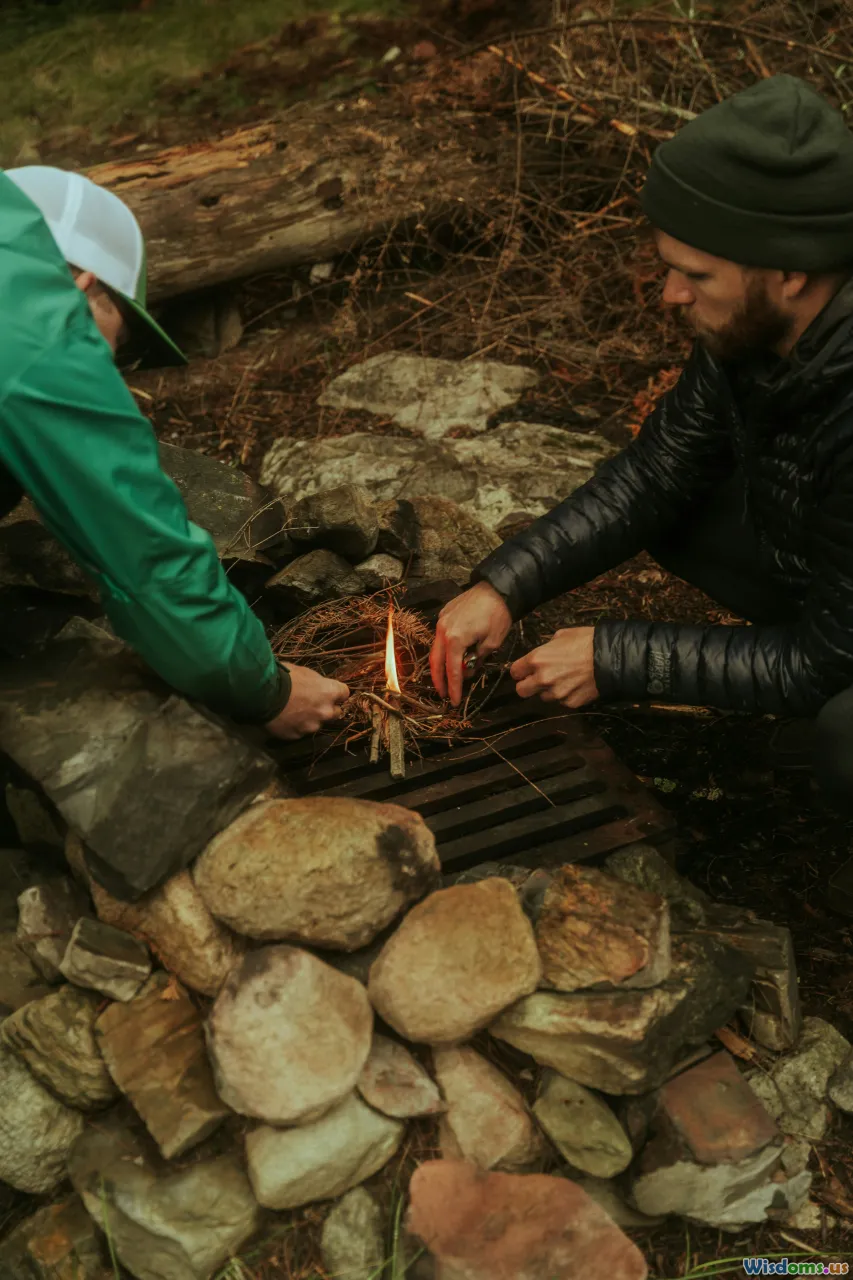
What Hollywood shows:
- With one dramatic scrape of a knife against a rock, a pile of random sticks bursts into flame. The hero sleeps under the open sky beside a cinematic bonfire, apparently warm and dry despite steady rain or snow.
What’s wrong with that picture:
- In the real world, fire is a system, not a spark. Even with a ferro rod (which throws thousands of degrees of spark), wet or poorly prepared materials won’t catch. And fire alone won’t save you if wind and ground are wicking heat away from your body.
- Hypothermia happens fast in wind and rain—even at temperatures you might not consider “cold.” Many cases occur between 10–15°C (50–59°F), especially when people are wet and exposed. Water and wind strip heat through conduction and convection at startling rates.
What actually works:
- Prioritize shelter from wind and rain, then build a small, sustainable fire. Dry and out of the wind is warmer than soaked beside a bonfire.
Fire basics that reality demands:
- Tinder: You need something that ignites easily—feather sticks, birch bark, fatwood, cotton balls smeared with petroleum jelly, or a commercial tinder. Good tinder is the difference between drama and disappointment.
- Kindling: Pencil-thin, then finger-thick sticks. Process more than you think you need. Batch prep prevents your flame from dying while you scavenge.
- Fuel: Gradually step up to wrist-thick pieces. Build a platform of dry sticks to keep your fire off wet ground, and a small reflector wall of green logs or rocks to bounce heat back.
- Ignition: A cheap Bic lighter is king. Carry two in different pockets or a lighter and a ferro rod. The “rule of redundancy” applies—two ways to make fire minimum, three preferred.
Shelter-first mini-guide:
- Block wind: Even a low wall of brush, a natural rock alcove, or the lee side of a downed log can slash convective heat loss.
- Get off the ground: Pine boughs, a foam pad, even a thick bed of dry leaves or duff insulates far better than bare earth.
- Create a roof: A tarp, emergency bivy, or even a space blanket rigged at an angle sheds water. In snow, a simple trench with a roof of branches and snow can be remarkably warm.
Safety note movies ignore:
- Carbon monoxide is deadly. Fires in enclosed spaces, like caves or snow shelters, require excellent ventilation. Smoke is a warning; CO often is not.
A realistic rhythm:
- Stop and assess: Are you wet? Exposed to wind? Losing light? Pick a site before you’re exhausted.
- Build shelter, then fire: You may not need a big fire—just one that’s maintained and protected.
- Keep it small and steady: Big bonfires eat fuel and energy; a body-sized fire that your shelter shields is more efficient.
Why the myth persists:
- Fire reads clearly on camera. Wind and wet, which are your real enemies, are harder to show—until it’s too late.
Myth 4: “Navigation is intuitive—moss points north, stars are obvious, and downstream is safety.”

What Hollywood shows:
- Characters take one look at the forest and decide which way to go because “moss grows on the north side.” At night, they navigate by a single star with zero practice. If lost, they follow a river downhill to civilization.
What’s wrong with that picture:
- Moss does not reliably grow on the north side of trees. It grows where it’s damp and shaded, which can be any side depending on local conditions.
- Star navigation works, but it requires knowledge and clear skies. Clouds, canopy, and light pollution ruin the plan quickly.
- Following water downstream can lead to impassable canyons, waterfalls, or long detours through rough terrain. It sometimes works, but it’s not a universal rule.
What actually works:
- STOP: Stop, Think, Observe, Plan. The biggest navigation errors happen when people press on in the first minutes after realizing they’re lost.
- Anchor yourself to a known point: Your last known location (LKL) is a lifeline. If you have a map, identify the last junction, ridgeline, or lake you recognize.
- Use handrails and backstops: Handrails are linear features like ridges, rivers, roads, or trails that help you maintain direction. Backstops—like a large lake or road—prevent overshooting.
Practical navigation toolkit:
- Map and compass: Learn to take a bearing and to orient a map to terrain. Mark your start point before hiking.
- Smartphone with offline maps: Apps with topographic maps and a built-in GPS work in airplane mode; just carry a small power bank and cable. Practice before you need it.
- Pace counting and time: Knowing your walking speed in different terrain helps you estimate distance traveled.
- Mark your path: Small ribbons, environmentally friendly markers, or simply noting unique landmarks can help you backtrack. Avoid carving trees or leaving trash.
Natural navigation (useful, but treat as backup):
- Sun and shadow: The shadow-tip method can find cardinal directions—place a stick upright, mark the tip of its shadow, wait 10–15 minutes, mark the new tip. The first mark is west, the second is east.
- Star pointers: Polaris (in the Northern Hemisphere) sits roughly above north. The Southern Cross can indicate south, but requires practice and a clear horizon.
When to stay put:
- If you’re injured, low on daylight, or in poor weather, staying at your LKL and making yourself easy to find is usually safer and leads to quicker rescue. Many search-and-rescue (SAR) cases are resolved within 24–48 hours when the subject remains near their last known point.
Why the myth persists:
- Instant directional certainty keeps a story moving. In reality, moving with uncertainty is how people compound the problem. Good navigation is deliberate.
Myth 5: “In a survival situation, ration sips of water and hunt big game.”
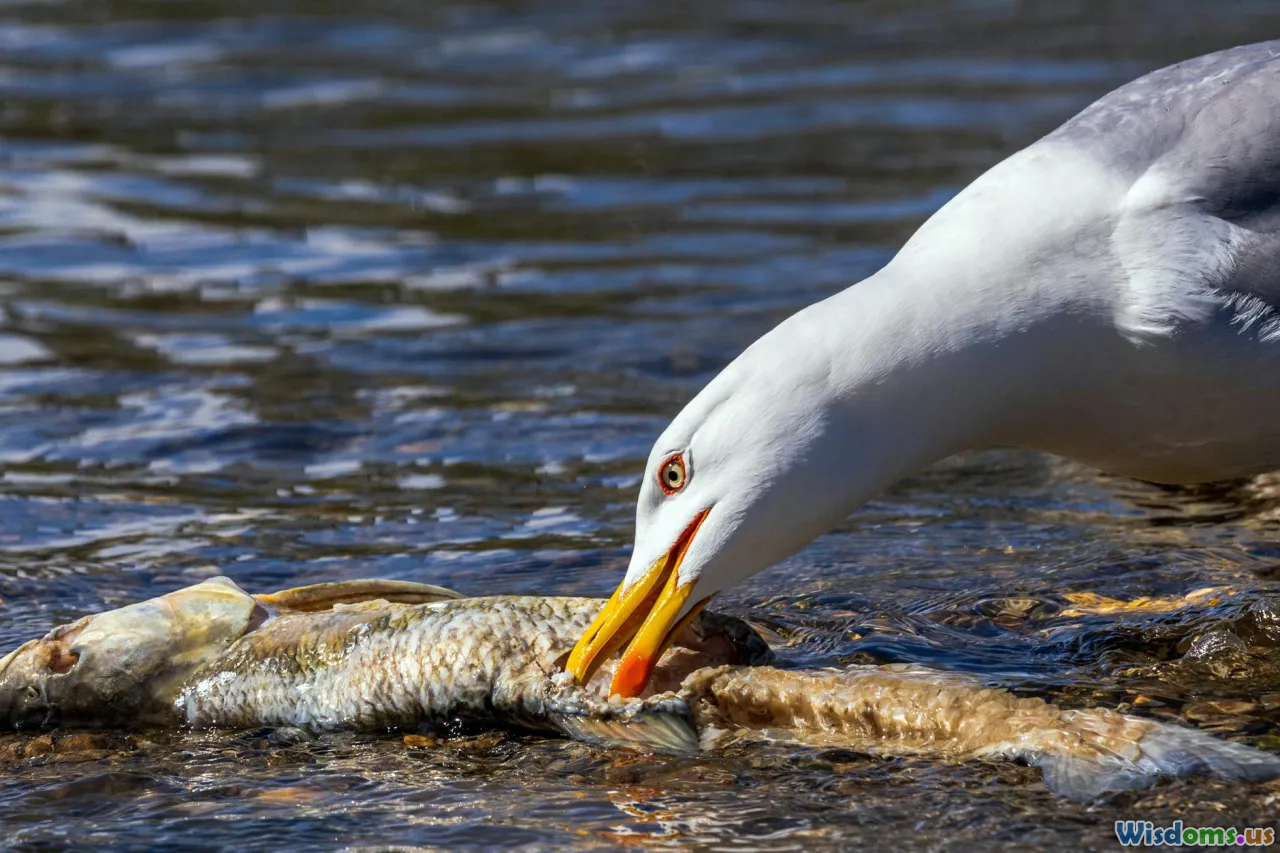
What Hollywood shows:
- A stranded character takes tiny sips of water to make it last for days, then hunts a deer or spears a fish for a cinematic feast. Some films show desperate characters drinking seawater or eating whatever they can find raw because “calories are calories.”
What’s wrong with that picture:
- Dehydration impairs decision-making quickly. Even 2% body water loss can affect cognition, increasing navigation errors and risk-taking. In heat, sweat rates can exceed 1–2 liters per hour; rationing to sips doesn’t match physiological losses.
- Drinking seawater makes dehydration worse. Human kidneys can’t produce urine saltier than blood, so the salt load in seawater (around 3.5%) forces a net water loss.
- The solar still myth: Films sometimes show characters collecting bottles of water from desert stills. In practice, solar stills provide little yield (often under 0.2–0.5 liters/day) while costing time and sweat to dig.
- Hunting big game is an energy sink, especially without firearms or skill. Large prey are difficult to catch and process, and raw meat can carry parasites (e.g., Trichinella in wild boar or bear, tapeworms in fish). “Rabbit starvation” is also real—lean meat alone can’t meet fat requirements, leading to nausea and weakness.
What actually works:
- Drink to need; don’t intentionally under-drink. In hot environments, aim to replace losses as best you can. In cold, thirst can be blunted—set reminders to sip regularly.
- Find, carry, and treat water. Fast treatment methods include:
- Boiling: A rolling boil for one minute (three minutes above 2,000 m/6,500 ft) kills pathogens.
- Filters: A compact 0.1–0.2 micron filter removes protozoa and bacteria; pair with chemical treatment for viruses if a concern.
- Chemicals: Chlorine dioxide tablets are light and reliable; allow the full contact time, especially in cold water.
- Avoid diarrhea: Untreated water risks Giardia, Cryptosporidium, and bacterial infections that accelerate dehydration. Protect your gut like your life depends on it—because it might.
Food strategy that’s sustainable:
- Think small and certain, not big and heroic. Easy calories beat risky calories. Examples:
- Shelf-stable: Energy bars, nuts, jerky, and instant oats are light, dense, and safe.
- Foraging with caution: Only eat plants you can identify with absolute certainty; misidentification can be fatal. Mushrooms are especially risky for non-experts.
- Fish and small game: Set passive systems such as trotlines or simple snares where legal, and cook thoroughly to kill parasites.
- Focus on signaling and conserving energy. If you expect rescue, a high-visibility signal panel, a whistle (three blasts), and a signal mirror can trump the marginal calories from an exhausting hunt. A signal mirror’s flash can be seen miles away in clear sun.
Seawater myths and alternatives:
- Do not drink seawater. If on a coast, look for freshwater seepage at the high-tide line or collect rainwater from tarp catchments. In a liferaft, prioritize rain catchment, condenser bags/desalinators if issued, and shade to reduce sweat loss.
A quick survival hierarchy to remember:
- Reduce exposure: Shelter and clothing.
- Maintain hydration: Find, carry, and treat water.
- Signal early: Whistle, mirror, reflective material, smoky signal fire if appropriate.
- Eat prudently: Safe, easy calories; avoid gut gambles.
Why the myth persists:
- It’s dramatic to stalk a deer; it’s less cinematic to sit under a tarp sipping treated water. But the latter wins far more often in real life.
Quick habit upgrades Hollywood rarely shows

You don’t need to be a wilderness professional to stack the odds in your favor. These tiny habits and items punch way above their weight:
- Pack the “pocket four”: a whistle, a lighter, a small LED headlamp, and a compact water treatment method (like chlorine dioxide tabs). Together, they weigh under 150 grams and solve a remarkable number of problems.
- Add navigation basics: a simple compass and a folded topo map in a zip bag. Pre-download offline maps on your phone and bring a small power bank.
- Carry a minimalist trauma pouch: a tourniquet, hemostatic gauze, and a pressure bandage. Consider a Stop the Bleed course; it takes a few hours and can save a life.
- Dress for the worst likely 10%: If the forecast is 15°C but windy and wet, bring a shell layer and a warm layer. Hypothermia is often about wet and wind, not just cold numbers.
- Tell someone your plan: Where you’re going, what route, and when you’ll be back. A simple text creates a last known point for SAR.
- Learn to use what you carry: Practice lighting a fire in the rain; try basic map-and-compass bearings; rehearse applying a tourniquet with one hand.
- Consider a personal locator beacon (PLB) or satellite messenger: A 406 MHz PLB with a five-year battery or a small satellite messenger can turn an emergency into coordinates for rescuers, fast.
What the movies sometimes get right (and where to look for better models)
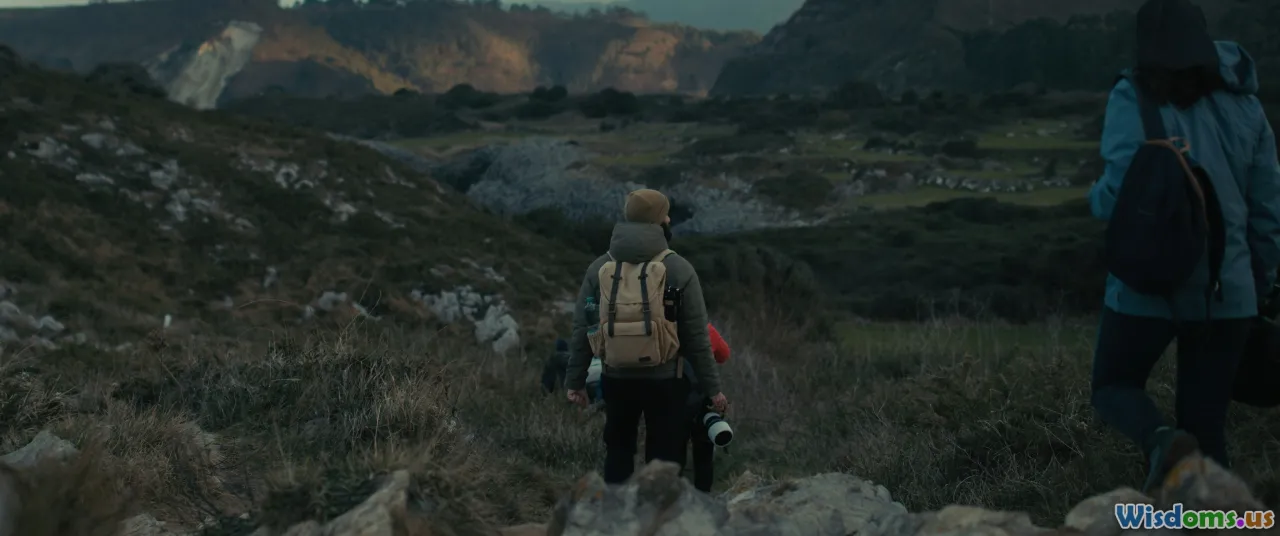
Not every film is a bust on survival. “127 Hours” portrayed the consequences of canyoneering alone and the grim reality of entrapment. “Cast Away” showed slow skill-building and the deep, grinding loneliness of isolation. “The Martian” (though set in space) presented a blueprint for problem-solving under pressure: prioritize, iterate, and make the next hour safer than the last.
Better inspirations exist beyond the big screen:
- Wilderness medical protocols: Wilderness Medical Society guidelines and reputable courses (WFA, WFR) translate lab science to field realities.
- Land navigation communities: Orienteering clubs and mountaineering schools teach practical, scenario-based navigation.
- Evidence-based first aid sources: Modern hemorrhage control and snakebite care derive from data and field outcomes, not old myths.
Watch films for motivation—but build your skills from sources that test methods against weather, fatigue, time, and chance.
Field scenarios: swapping movie instincts for real ones

Scenario 1: Desert day hike gone wrong
- Movie instinct: Sip water sparingly; march at noon to “make time”; dig a solar still.
- Real move: Rest during peak heat, travel in shade windows (early/late), drink to need, ration effort not water. Seek high ground briefly for signal, then shelter from sun. Use a reflective panel and whistle. A solar still wastes sweat; skip it.
Scenario 2: Rattlesnake bite on a remote trail
- Movie instinct: Cut and suck, cinch a tourniquet, sprint for help.
- Real move: Calm and immobilize. Remove rings. Splint the limb. Keep the bite low and still. Call for help if you have signal or send a partner; minimize patient movement. No cutting, suction, ice, or tourniquet. Smooth evacuation to antivenom saves tissue and function.
Scenario 3: Fall onto a branch causing a deep groin wound
- Movie instinct: Fire-cauterize the wound; pour liquor into it.
- Real move: Apply firm direct pressure. If bleeding continues, pack the wound tightly with hemostatic gauze and maintain pressure. Prevent hypothermia. Evacuate. Alcohol in wounds is painful and unhelpful; save it for disinfecting tools at camp, not trauma care.
Scenario 4: Lost in foggy forest near dusk
- Movie instinct: Charge “north” because moss says so; refuse to stop moving.
- Real move: STOP. Note your last known location. Build quick shelter, light a small controlled fire if conditions allow, and make yourself visible. Use a whistle: three blasts, pause, repeat. Wait for morning light and improved visibility; plan with a map and compass.
Scenario 5: Cold rain, no tarp, and the lighter is wet
- Movie instinct: Scrape a knife on a random rock, pray for a miracle spark.
- Real move: Keep moving enough to generate heat while you gather materials. Find a natural windbreak. Process wood to the dry interior by splitting and shaving feather sticks. Use your backup ignition (ferro rod) on petroleum-jelly cotton. Build a small platform, light tinder, then gradually add kindling.
A practical checklist to toss in your pack
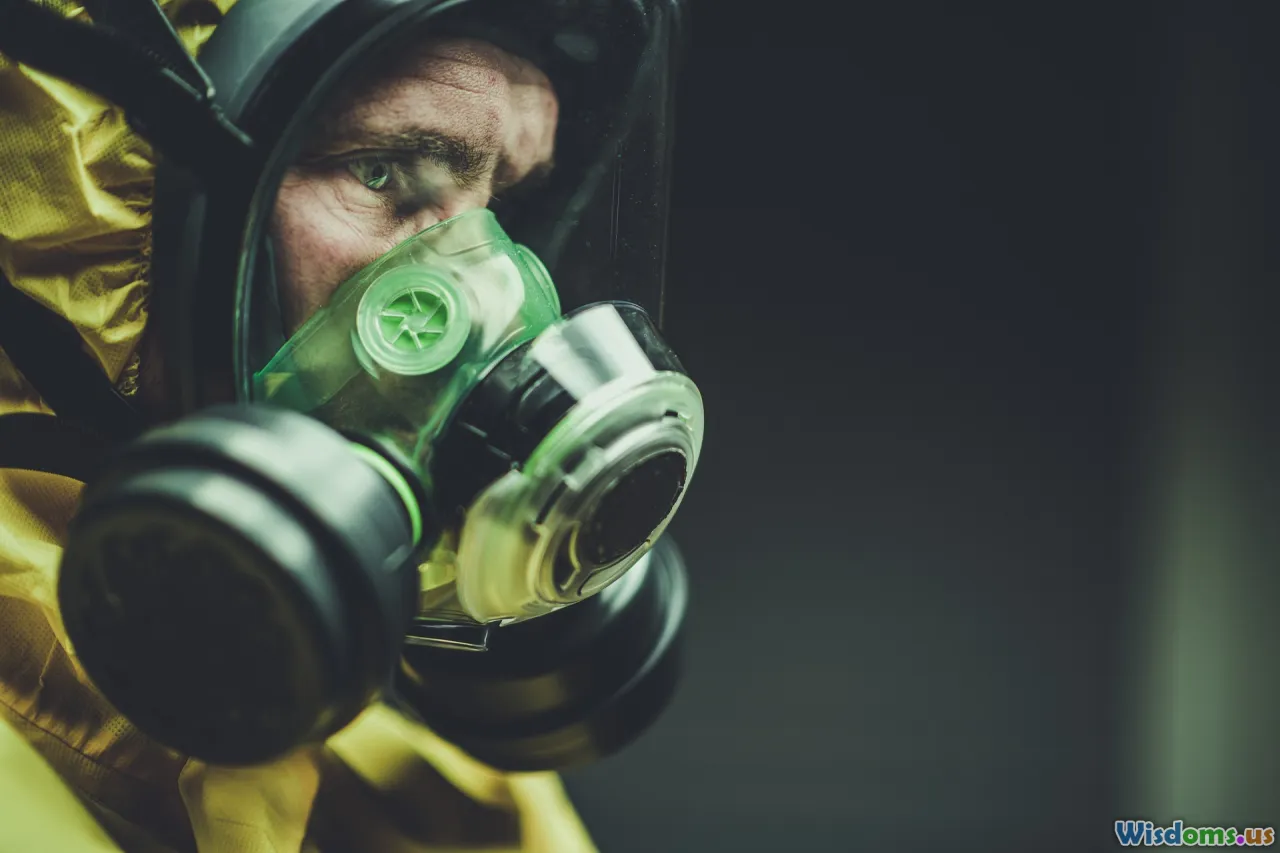
- Signaling: Whistle, signal mirror, bright bandana or panel. Practice aiming a mirror flash.
- Heat management: Lightweight shell, beanie, gloves, emergency bivy or space blanket. Dry socks.
- Fire: Two ignition sources (lighter + ferro rod), tinder (PJ cotton balls), small knife.
- Water: 1–2 liters of carry capacity, chemical tablets, backup filter or squeeze filter, metal cup for boiling.
- Navigation: Map in a zip bag, baseplate compass, phone with offline maps, small power bank.
- Medical: Tourniquet, hemostatic gauze, pressure bandage, blister care, meds you personally need.
- Food: A few hundred easy calories per day—nuts, bars, jerky, instant mash.
- Admin: Tell someone your route and return time; consider a PLB or satellite messenger.
Final thoughts: replacing spectacle with skill

Movie survival is written for the camera. Real survival is written by physics, physiology, and probability. The five myths above—sucking snake venom, cauterizing wounds with fire, treating fire as a magic button, trusting moss and stars for direction, and rationing sips while hunting big game—persist because they compress a messy reality into a tidy scene.
The antidote isn’t cynicism; it’s practice. Light a fire in the rain once this month. Pack a whistle and actually use it on a windy ridge. Take an afternoon to learn how to take a bearing and follow it. Practice applying a tourniquet until you can do it without thinking. Swap a little spectacle for a lot of skill, and you’ll turn wilderness from a backdrop into a place you understand.
And if you still want drama? There’s plenty of it in the quiet courage of doing simple things well when they matter most. That’s not just good survival—that’s a story worth telling.
Rate the Post
User Reviews
Popular Posts














